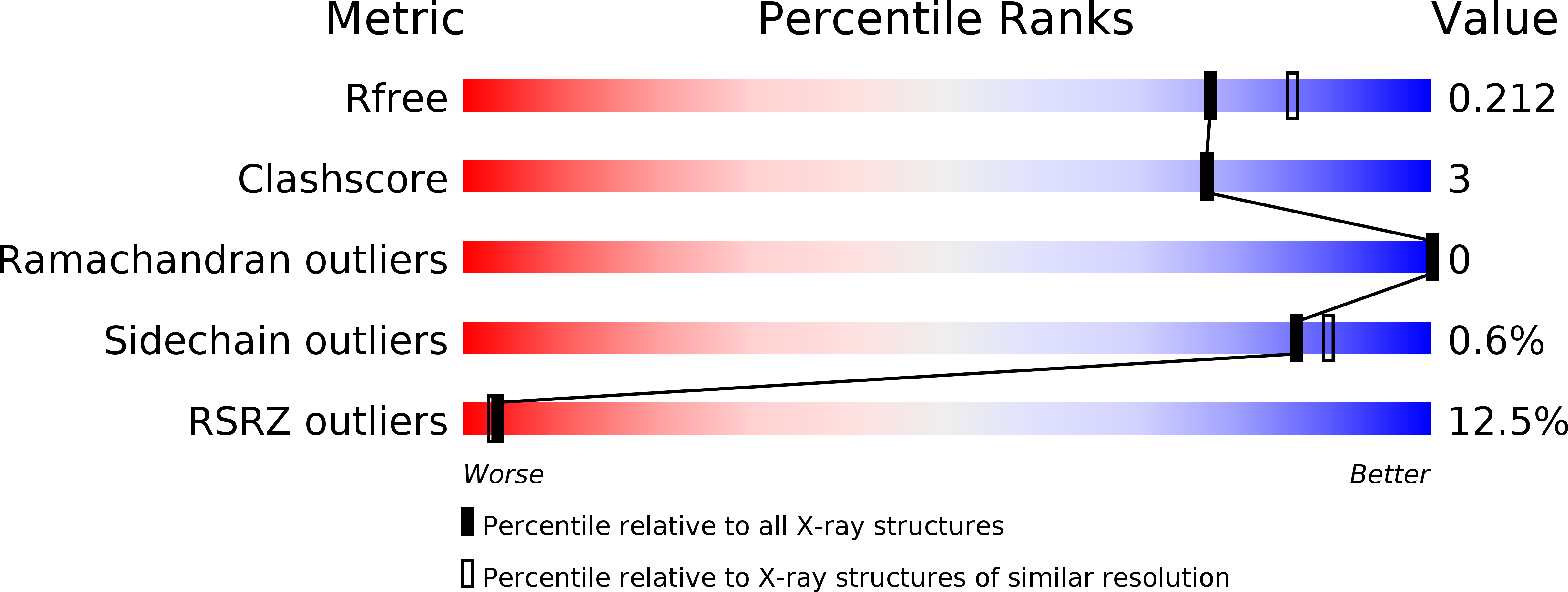
Deposition Date
2019-05-23
Release Date
2019-07-31
Last Version Date
2023-10-11
Entry Detail
Biological Source:
Source Organism:
Novosphingobium sp. (strain KA1) (Taxon ID: 164608)
Host Organism:
Method Details:
Experimental Method:
Resolution:
2.02 Å
R-Value Free:
0.21
R-Value Work:
0.18
R-Value Observed:
0.18
Space Group:
P 21 21 21


